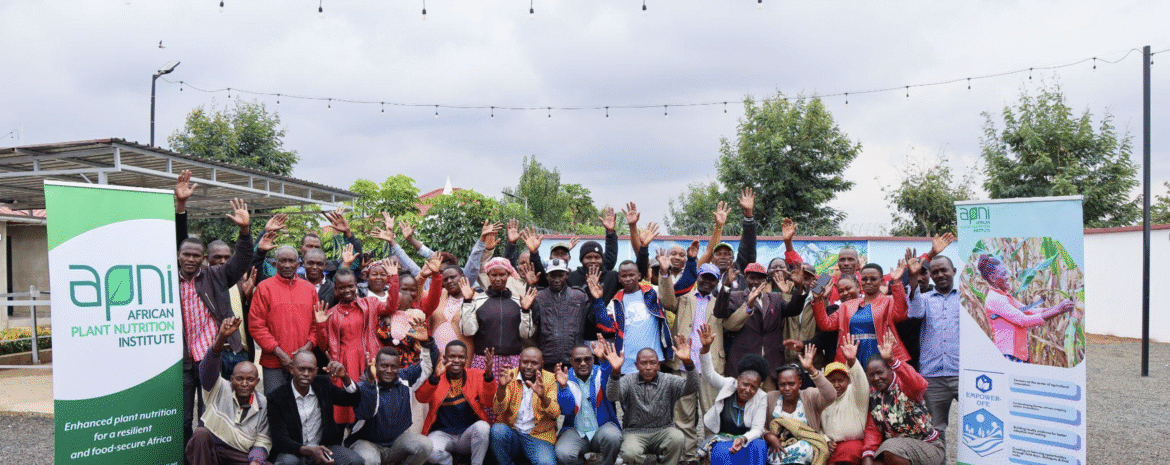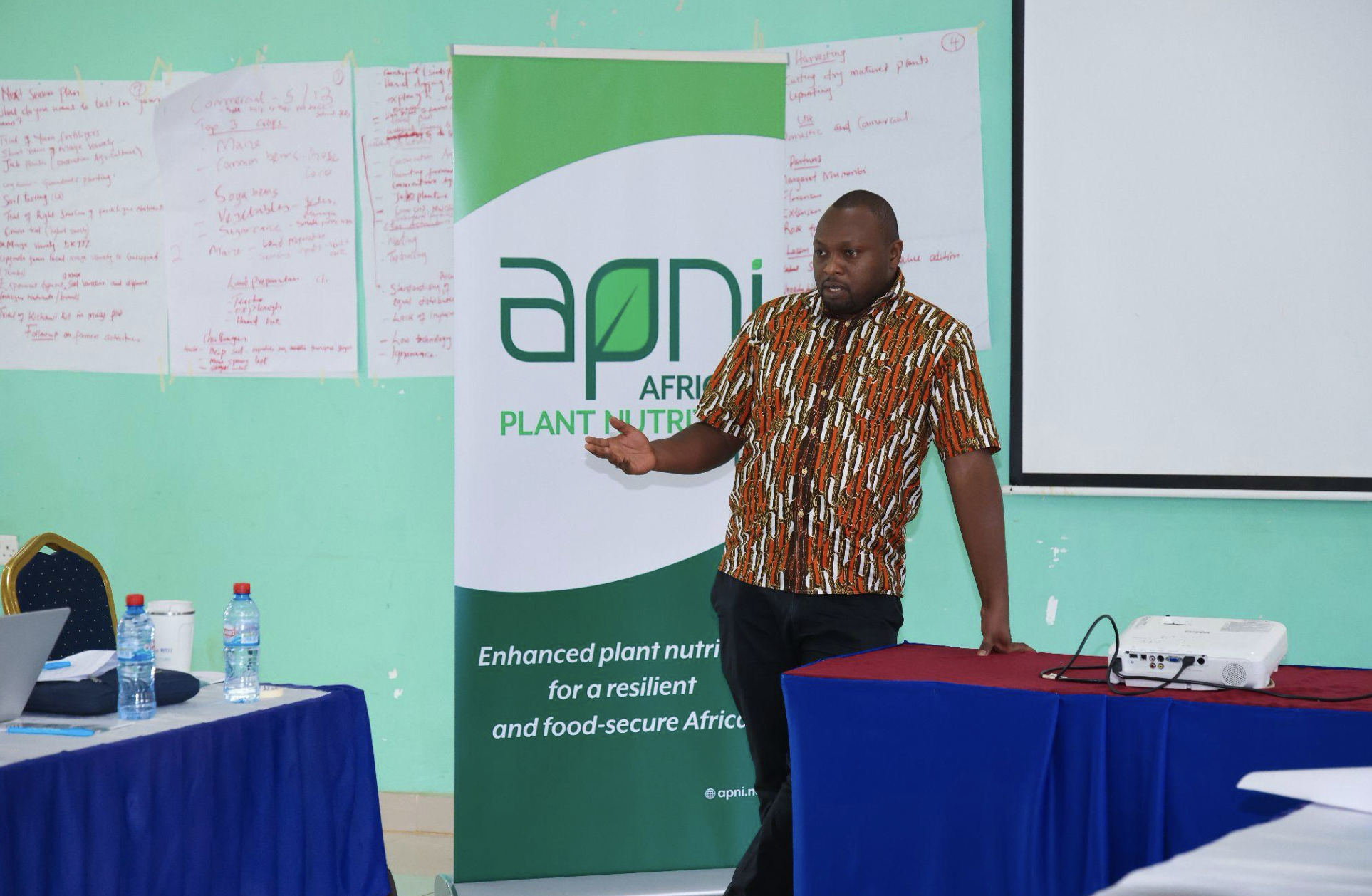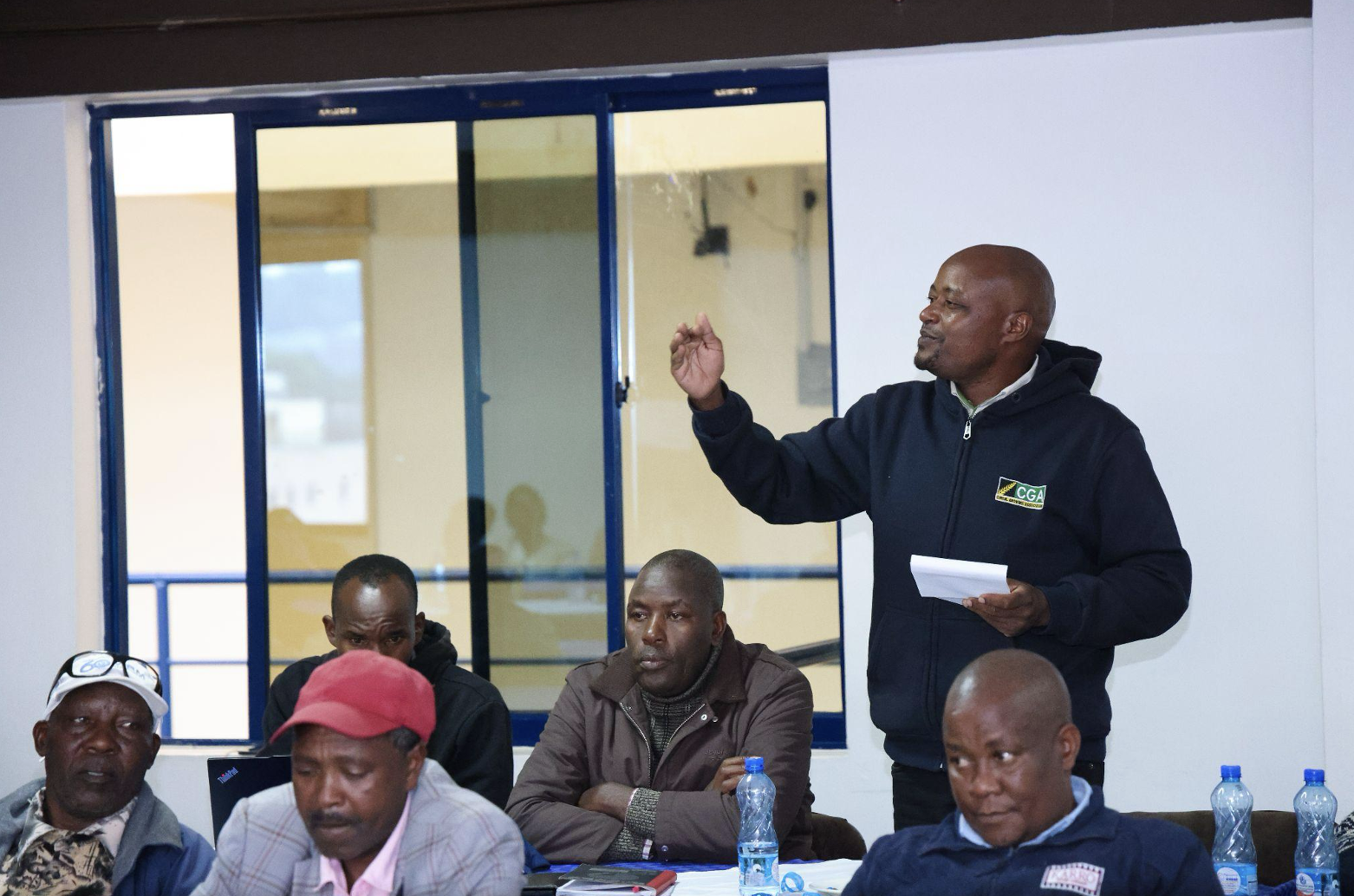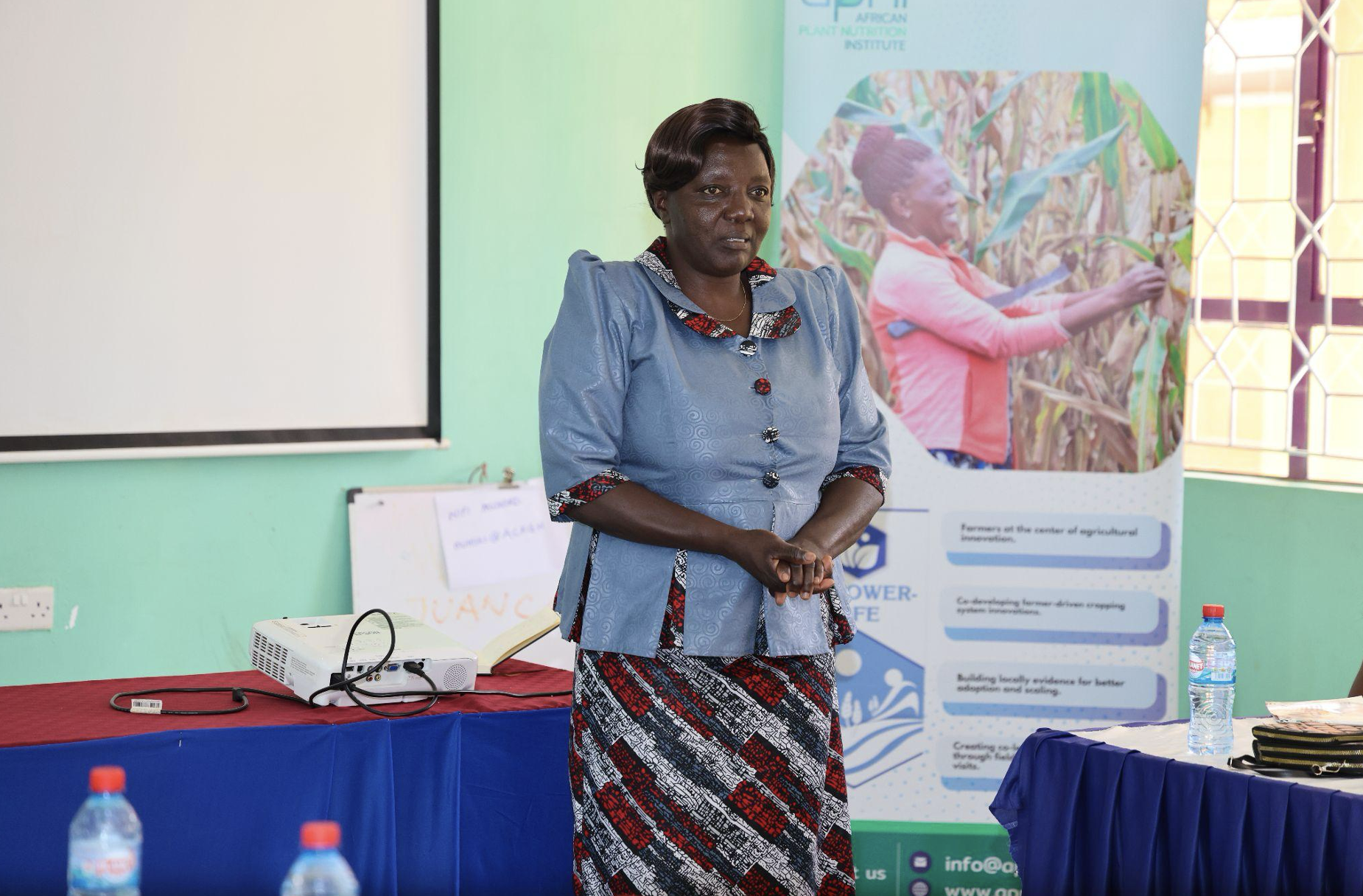From the Ground Up: How Farmers Are Shaping the Future of Agriculture in Kenya
Across five counties, farmers, extension officers, and partners come together to shape the future of agricultural research, one conversation at a time.
Listening First: A New Era of Agricultural Research
In Siaya, Kakamega, Machakos, Meru, and Embu, APNI recently convened a series of workshops to guide the next phase of the OFE-mediated Nutrient-Catalyzed Agricultural Transformation for Africa (OFE 2.0) project.
But these were not ordinary meetings. Instead of scientists or policymakers setting the agenda, the floor was given to farmers, extension agents, and local organizations. Their task was to reflect on the realities of farming in their counties, the challenges, the opportunities, and what real change would look like if everyone worked together.
The goal of OFE 2.0 is ambitious: to co-develop a farmer-led, self-sustaining service model for maize-mixed systems that combines rigorous science with practical, context-specific solutions. And that starts with listening.
“Farmers have to be at the center of agricultural research. OFE 2.0 is about co-developing solutions that farmers own, solutions that are relevant, implementable, and scalable,” said Dr. Ivan Adolwa, OFE 2.0 Project Lead.
Challenges on the Ground: What Farmers Shared
Across all five counties, similar themes emerged. Farmers described mixed farming systems where maize dominates, often intercropped or rotated with beans, soybeans, sorghum, millet and vegetables, sometimes alongside livestock. Yet beneath this diversity lies a set of common constraints:
– High input costs: Fertilizers and improved seeds are often beyond the reach of smallholders. Some can only afford to apply fertilizer once per season; others skip it entirely.
– Lack of soil testing: With limited access to diagnostic services, farmers rely on trial and error when applying inputs.
– Biotic pressures: Pests, diseases, and parasitic weeds such as Striga continue to undermine productivity despite farmers’ best efforts.
The advice gap is another recurring concern. With too few extension officers to serve growing populations, many farmers turn to social media or peers for guidance. While digital platforms offer opportunities, they cannot fully replace the trust and reliability of trained extension agents.
Still, there was optimism. Farmers expressed readiness to experiment with 4R nutrient stewardship (right source, right rate, right time, right place), try new seed varieties, and invest in lime and manure where feasible, provided that the right knowledge and partnerships were in place.
The Power of Partnerships
The workshops also highlighted that no single actor could address these challenges alone. Collaboration emerged as a recurring theme between researchers, local governments, extension services, and private sector actors.
“We cannot solve farmers’ challenges in isolation. Partnerships between farmers, researchers, and organizations like APNI are key to co-creating practical, sustainable solutions,” noted Nicholas Mutethia of the Cereal Growers Association (CGA) in Meru.
County extension officers echoed the call for innovation in service delivery.
“Extension agents are the link between science and the farmer. With few officers on the ground, we must use both technology and partnerships to keep knowledge flowing,” said Pamela Waudo, Sub-County Agricultural Officer, Mumias East, Kakamega County.
Beyond Recommendations: A Farmer-Led Model
What sets OFE 2.0 apart is its commitment to shifting from top-down recommendations to farmer-led experimentation and adoption. The project seeks to create a system where farmers are not passive recipients of advice but active co-designers of solutions.
By combining on-farm research trials, digital innovations, and local knowledge networks, OFE 2.0 aims to accelerate the translation of agronomic research into real-world impact.
“It’s not just about technology or inputs,” Dr. Adolwa emphasized. “It’s about trust, ownership, and learning together so that practices are not only scientifically sound but also socially and economically viable.”
From Conversations to Impact
The workshops in Siaya, Kakamega, Machakos, Meru, and Embu represent more than just a project launch. They mark a cultural shift in agricultural R&D, one that values participatory approaches, modular scaling, and continuous feedback loops.
As OFE 2.0 moves forward, the insights gathered will guide interventions designed to:
– Increase yields through context-specific nutrient management
– Strengthen farmer incomes with better access to inputs and markets
– Build resilience against climate and economic shocks
– Empower farmers as key decision-makers in agricultural innovation
The expectation is clear: when farmers, researchers, and policymakers share ownership of the process, the solutions are more likely to be sustainable and widely adopted.
Looking Ahead
By placing farmers at the center, OFE 2.0 is laying the groundwork for a new era of agricultural research and extension in Africa.
The next steps will involve piloting the farmer-led model, integrating digital tools where appropriate, and scaling successful practices beyond the initial five counties with farmers continuing to guide the journey.
Because in the end, the future of agriculture belongs to those who work the land and who now have a stronger voice in shaping its transformation.




